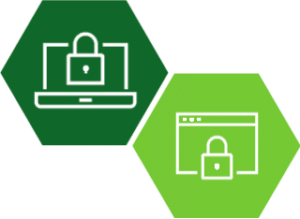Was your business prepared for the Coronavirus (COVID-19) outbreak? According to a survey reported in Forbes, close to 70% of companies said they had a business continuity or pandemic preparedness plan in place.
But how effective have these plans been? Workplaces can always be better prepared.
You can take steps now to review and update your pandemic preparedness plans — not only to weather the current crisis but to survive the next one. Utilize your enterprise risk management (ERM) program to document as much as possible and develop contingency measures to be prepared for anything.
Evaluate your experiences and reactions
The extent of the coronavirus’s impact wasn’t likely predicted by anyone’s pandemic preparedness plan. It’s spread far and wide and has caught everyone off-guard.
What can you do to make sure you’re not taken by surprise again? Monitor, assess, and document everything your company experienced in the early days and is currently experiencing. And document how you’ve reacted to it, including:
- What capacities — hardware, software capabilities and cybersecurity — were in place to support major upheavals, including a transition to remote work. Were there any deficiencies in the tools available? Create a comprehensive list of requirements for managing similar situations in the future.
- Consider any increase in financial costs and your cash flow pressures. Does your business have short or long cycle times for products and/or services? Were finances allocated in the proper areas?
- Evaluate your human resource policies for employee sick leave and absenteeism. Modify your policies to adapt to a changing workforce and new government policies, including the Families First Coronavirus Response Act (FFCRA) that went into effect April 1, 2020.
- Assess employee roles, responsibilities, and the training you need to respond to this evolving workflow while continuing to meet customer expectations.
- Open lines of communication among employees, the C-suite, and other stakeholders. What has this experience been like on an enterprise-wide and individual basis?
Preparing for a future pandemic can be intimidating to think about when the world is still struggling with the current crisis. But organizations mustn’t miss this opportunity to close the gaps and improve risk management for the long run. A structured ERM program can help collect data efficiently while risk managers document responses. This way, they’ll be able to strengthen and maintain capabilities to detect, assess, notify, and report events to ensure a brighter future.

Defend yourself against vendor and enterprise risk
Learn about our best-in-class VRM/ERM solutions.


